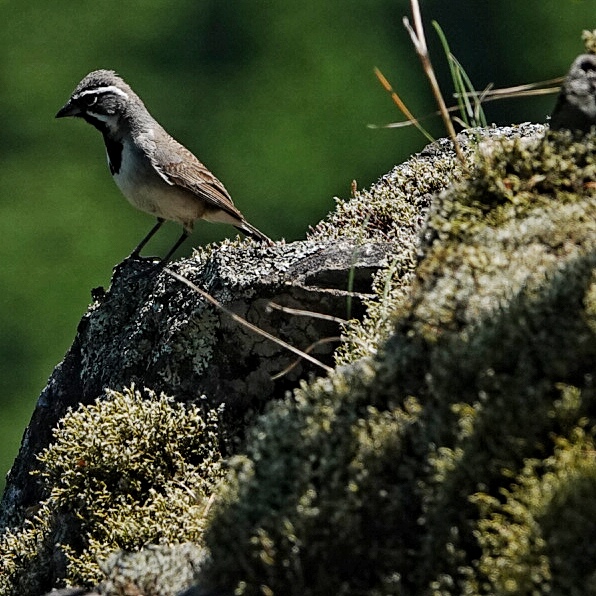
When I asked my wife if she’d like to visit the area on the Cape Horn trail where we got married almost two years ago, all I was hoping for was to see the massive amounts of delphinium in bloom. But, in addition to that forest of beautiful blue and white flowers, I found a life bird! As soon as I saw it at one of the overlooks I knew it was new to me, although I must confess I had no idea what it was. And I was so focused on trying to snap photos of it that I didn’t really notice anything about it except for the white eyebrow and mustache.
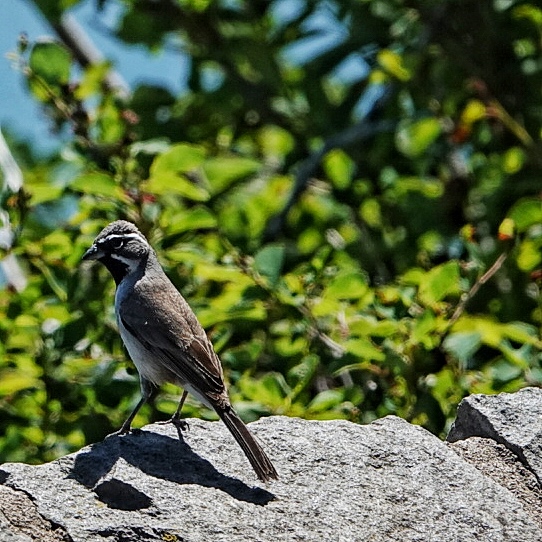
In one of my books they call Black-throated Sparrows bold, and this one sure didn’t seem to be afraid of us. It landed on the rock wall less than 5’ from where Pam was sitting, and unconcernedly hopped along it looking for food. Then it dropped down and I thought it was gone, but instead it just foraged along the top of the cliff. Song sparrows are seldom that cooperative, let alone a life bird! Eventually it flew off and I perused my photos. With that beak I assumed sparrow or finch, and seeing that the dark throat was not a shadow I figured it would be easy to find. And, less than a minute after opening my Sibley, there it was.
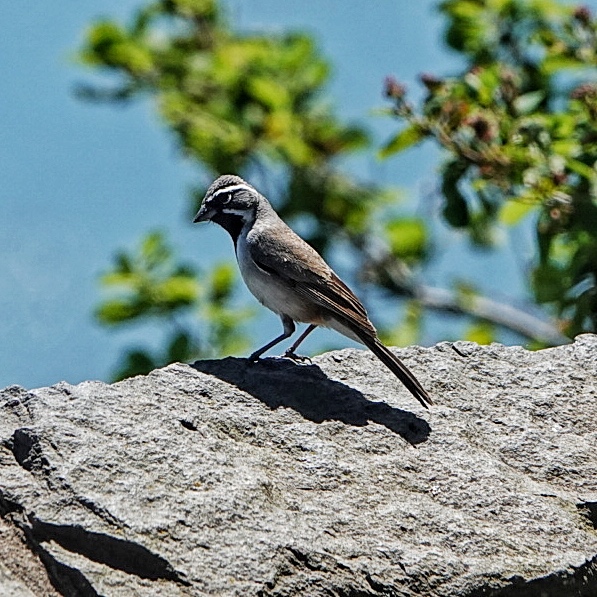
As soon as I saw the range map I understood why this bird was completely unfamiliar to me. It is a high desert species in our region, and I haven’t birded in many places it would be expected. Being an aridlands bird it is well adapted to doing without external water sources, supplementing the moisture it can extract from seeds and insects with bits of green vegetation.
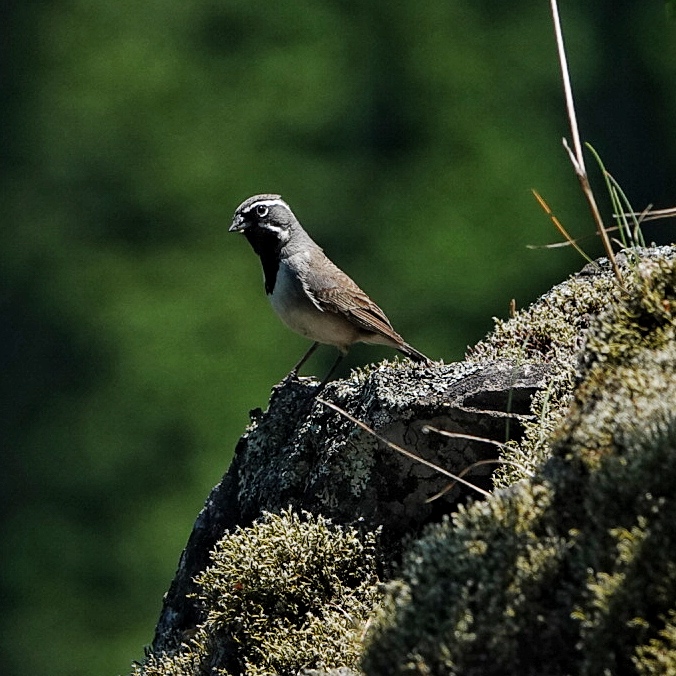
I’m not sure what this bird was doing in the west end of the Columbia River Gorge. Maybe it got lost, or blown off course. Or maybe it was was just possessed of wanderlust and curiosity and wanted to do some exploring before settling down to the serious business of raising a brood or two of kids. But it certainly brought joy and excitement into my life as soon as I saw it.
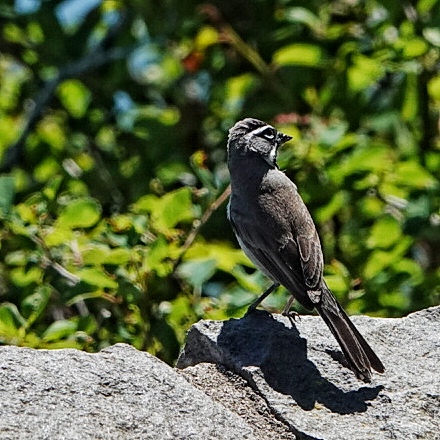
On one hand I’m sorry that I didn’t completely appreciate the rarity and beauty of this very handsome bird in the moment when we were proximate. But on the other hand I’m really glad I stayed focused on photographing it because now I have pictures, some of them even pretty good by my standards, that will not only last longer than my own memory, but which I can share with you folks.
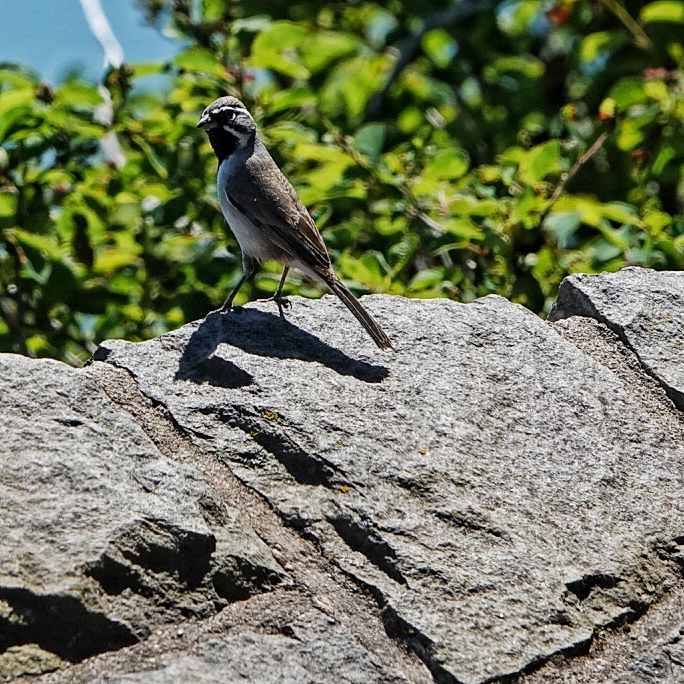
Description-Medium sized (5.5” tall) sparrow with a long white ‘eyebrow’ and ‘mustache’, a black throat that extends into the white and unstreaked breast, and an unstreaked brown back.
Similar species-Nothing else in our region has the unstreaked back, black throat, and white eyebrow and mustache; Sage Sparrow has a streaked back, white throat, and short eyebrow; Lark Sparrow has light colored crown, brown on head, white throat, and streaked back.
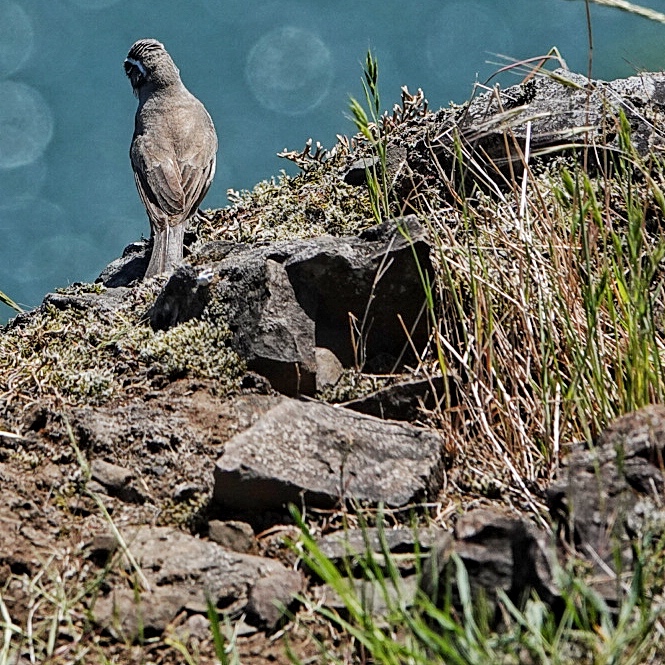
Habitat– Dry open vegetation and desert scrub, especially rocky areas.
Range– From Mexico to western North America as far north as s BC; in our region it breeds east of the Cascades in the Columbia River Basin and se Oregon; occasional vagrant west of the Cascades.
Eats-Seeds, green plant material, and insects; usually forages on the ground but will glean from shrubs and trees, and will hawk insects in flight.
Eaten by-The young are vulnerable to many ground dwelling predators, and the adults are prey for various bird eating raptors.
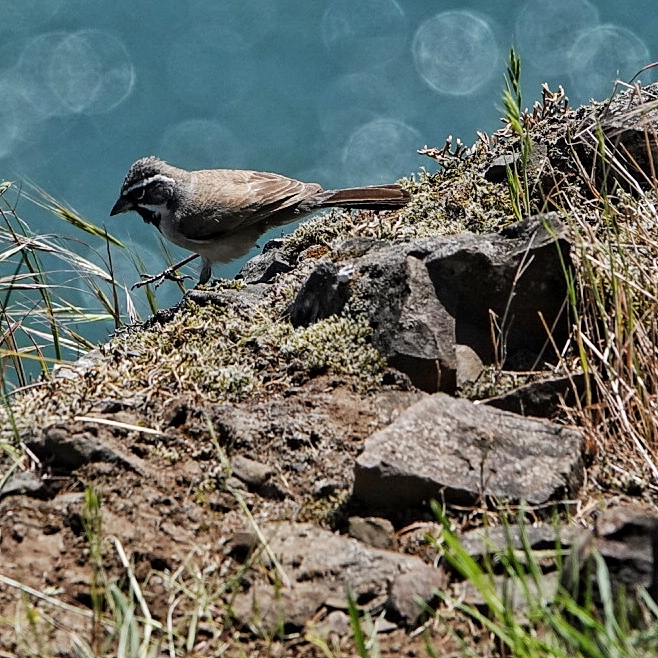
Reproduction– Builds nest on ground, usually under vegetation or in rock crevices; 3-4 eggs are incubated ±12 days; Both parents feed the young, who remain in the nest about 2 weeks; often raises two broods per year.
Adults active– May to September in our region.
Etymology of names–Amphispiza is from the Greek and translates roughly as ‘around finches’, which supposedly refers to it being similar to finch-like birds in its region. The specific epithet bilineata probably refers to the white ‘eyebrow’ and ‘mustache’.
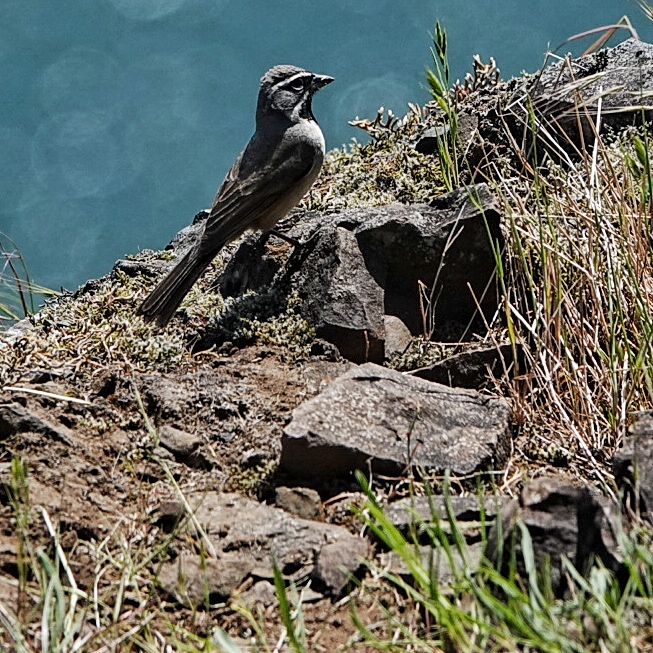
https://www.allaboutbirds.org/guide/Black-throated_Sparrow/overview
https://www.audubon.org/field-guide/bird/black-throated-sparrow
https://www.birdweb.org/birdweb/bird/black-throated_sparrow
https://abcbirds.org/bird/black-throated-sparrow/
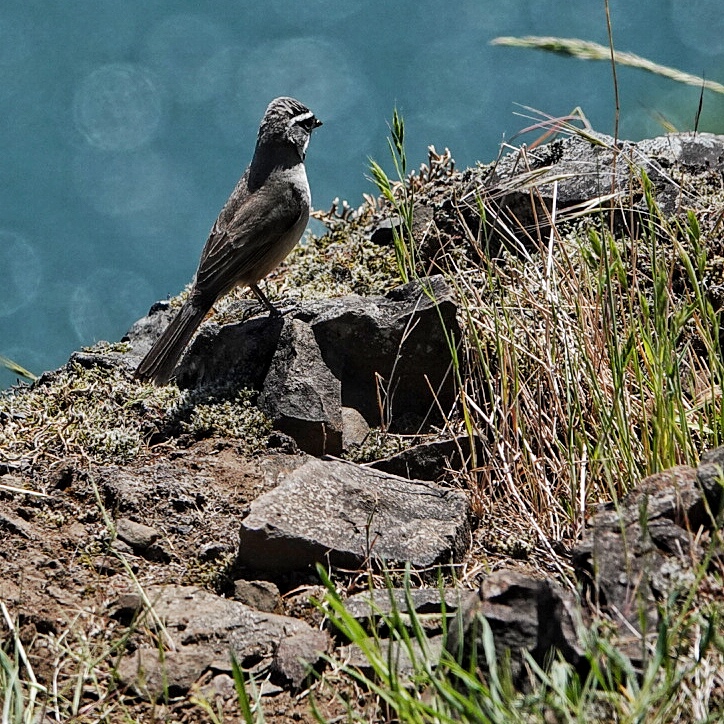
Great story and a welcome introduction to this lovely bird.
Thank you!
Those pictures take me right back there! Beautiful! Thank you ☺️
I love it’s proud Presence:):) Thanks!
Saw my first BTS in Palm Springs. Didn’t know they ventured these parts. Great shots.